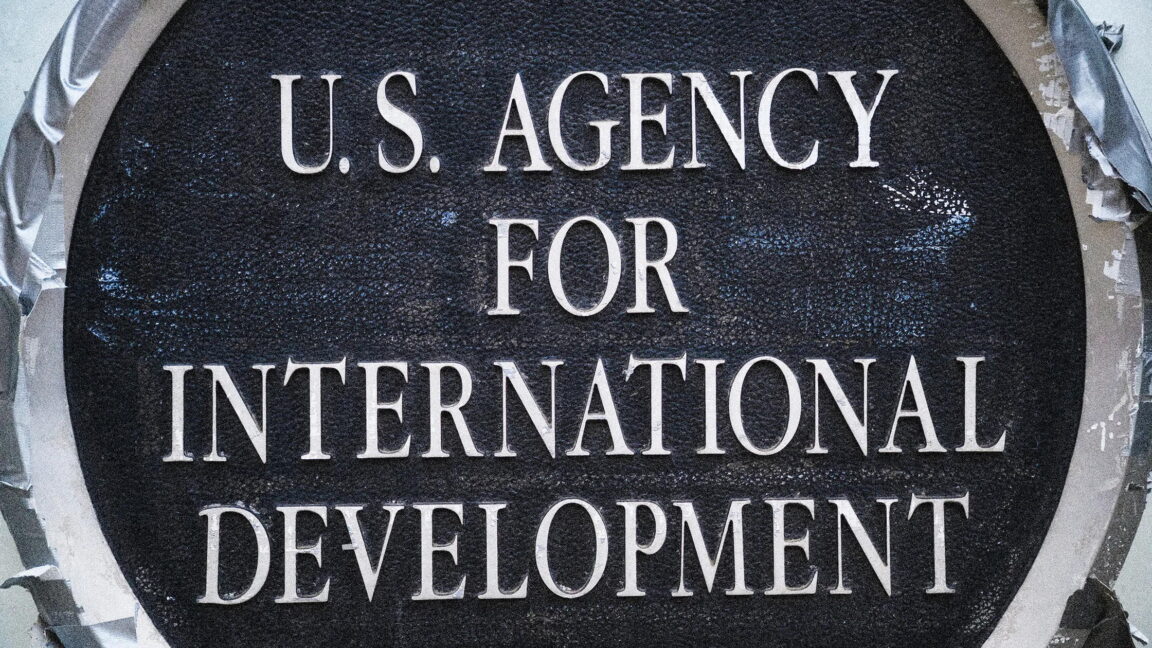Giulio Coppi, a senior humanitarian officer at the nonprofit Access Now who has researched the use of blockchain in humanitarian work, says that blockchain technologies, while sometimes effective, offer no obvious advantages over other tools organizations could use, such as an existing payments system or another database tool. “There’s no proven advantage that it’s cheaper or better,” he says. “The way it’s been presented is this tech solutionist approach that has been proven over and over again to not have any substantial impact in reality.”
There have been, however, some successful instances of using blockchain technology in the humanitarian sector. In 2022, the United Nations High Commissioner for Refugees (UNHCR) ran a small pilot to give cash assistance to Ukrainians displaced by the Russia-Ukraine war in a stablecoin. Other pilots have been tested in Kenya by the Kenya Red Cross Society. The International Committee of the Red Cross, which works with the Kenya team, also helped to develop the Humanitarian Token Solution (HTS).
One representative from an NGO that uses blockchain technology, but wasn’t authorized to speak to the media with regards to issues relating to USAID, says that particularly with regards to money transfers, stablecoins can be faster and easier than other methods of reaching communities impacted by a disaster. However, “introducing new systems means you’re setting up a new burden” for the many organizations that USAID partners with, they say. “The relative cost of new systems is harder for small NGOs,” which would often include the kind of local organizations that would be at the front line of response to disasters.
The proposed adoption of blockchain technology seems related to an emphasis on exerting tight controls over aid. The memo seems, for example, to propose that funding should be contingent on outcomes, reading, “Tying payment to outcomes and results rather than inputs would ensure taxpayer dollars deliver maximum impact.” A USAID employee, who asked to remain anonymous because they were not authorized to speak to the media, says that many of USAID’s contracts already function this way, with organizations being paid after performing their work. However, that’s not possible in all situations. “Those kinds of agreements are often not flexible enough for the environments we work in,” they say, noting that in conflict or disaster zones, situations can change quickly, meaning that what an organization may be able to do or need to do can fluctuate.
Raftree says this language appears to be misleading, and bolsters claims made by Musk and the administration that USAID was corrupt. “It’s not like USAID was delivering tons of cash to people who hadn’t done things,” she says.
This story originally appeared on wired.com.

